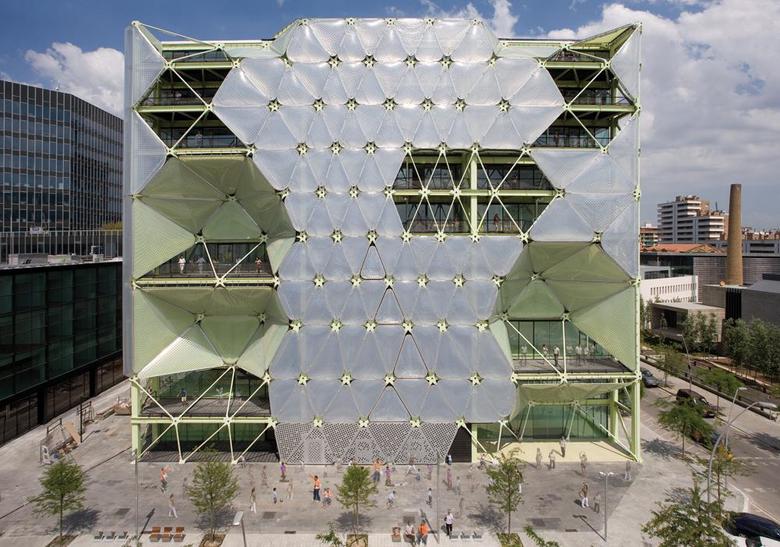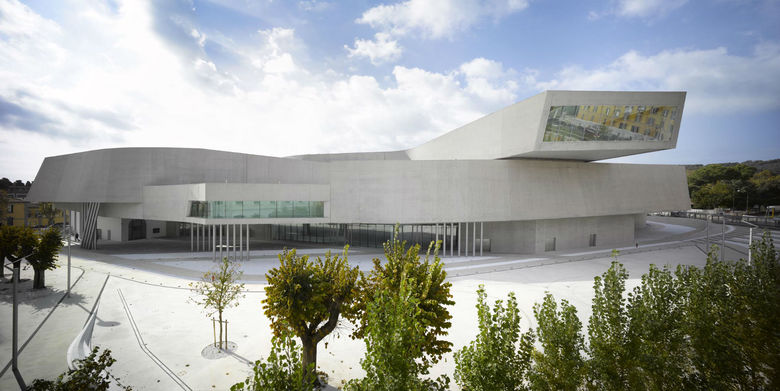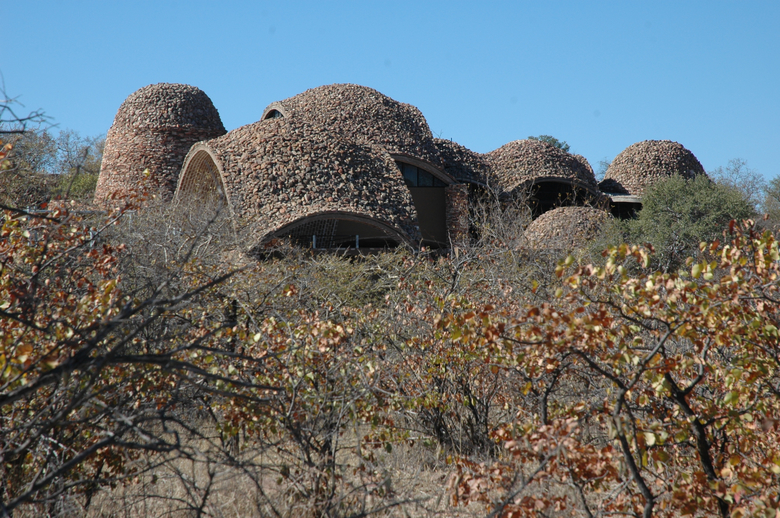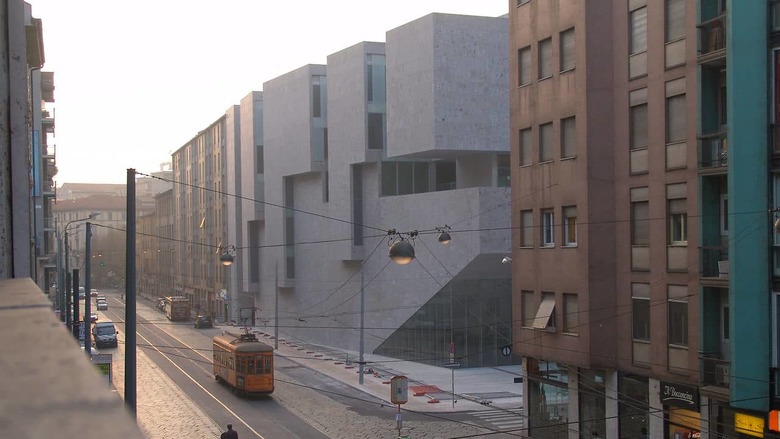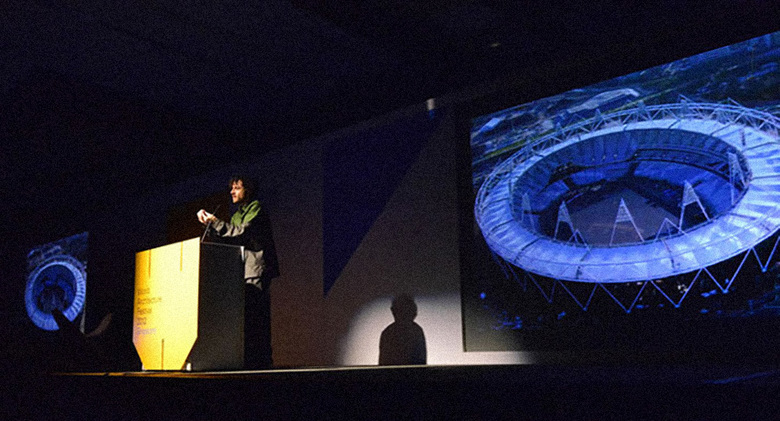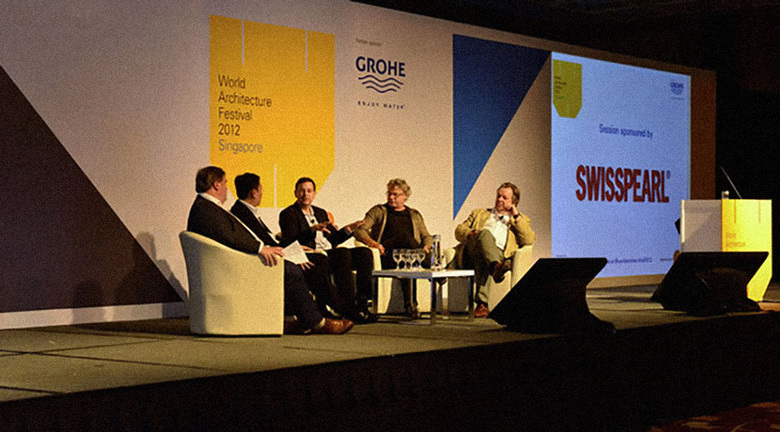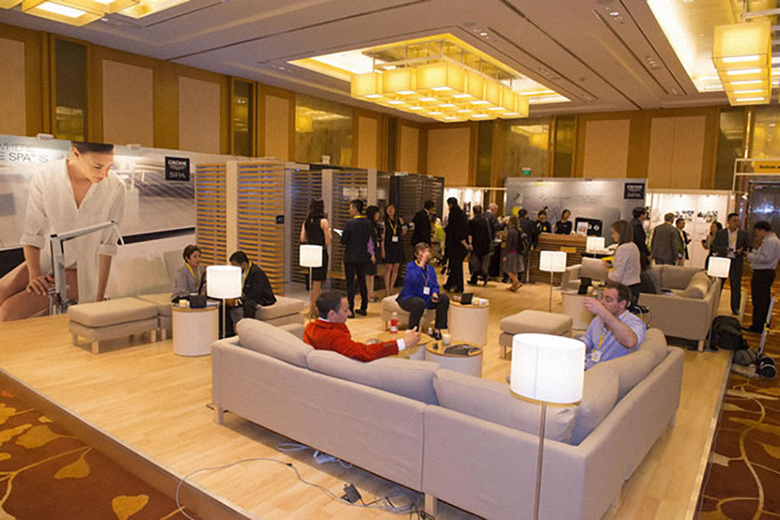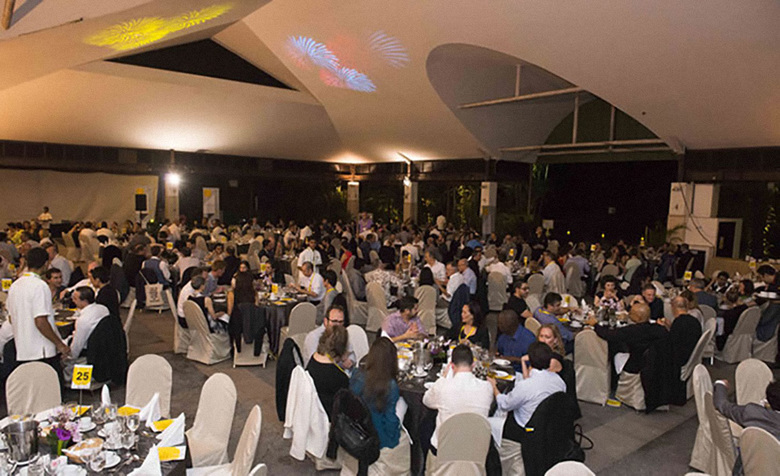Talking WAF - Interview with Paul Finch
The sixth World Architecture Festival (WAF) will take place October 2-4, 2013 at the Marina Bay Sands in Singapore. With the awards submissions process underway (the deadline for entry is May 24), World-Architects thought it a good time to interview Paul Finch, the driving force behind WAF and the more recent Inside Festival, about the festival's past, present and future.
What was the goal of WAF at its inception? And is WAF still focused on this goal or is it evolving into something else?Our goal was to launch an inclusive global event for architects where architecture was the main focus, rather than the many international real estate events that architects attend. From the beginning, we wanted WAF to be collegiate, to be celebratory, and to be a multi-faceted event rather than simply a conference or set of awards. None of this has changed, though we have added to the "layer cake" by including our interiors event, INSIDE, for example.
Our original intention was to stay for three years but we stayed one year extra before finally deciding that we should move. We decided to go to Singapore because it was clear that the Asian market was the most dynamic in the world, and Singapore is a good hub for Asia, Australasia and the Indian sub-continent. We are committed to holding WAF there for another two years, after which we may move but much can happen in the interim.
We did see an increase in award entries and delegates from Asia, but fortunately not much of a drop-off from Europe and the US. We would still like to see more from the latter, and from South America, but we anticipate increasing numbers from across the world in the years to come.
I’m sure there are architects, especially small young practices, who think twice about the potential expense. On the other hand architects are great travelers and many have found it possible to come to WAF as part of a holiday or a business trip. It is going to be difficult for some parts of the world wherever you choose to hold such an event.
You can’t control who submits entries and we wouldn’t want to; it is a voluntary activity. Happily, the standard of award-winning buildings and projects has been extremely high, as has been the range of building types and the variety of locations they have come from. In general I think we can justifiably say that our winners are world-class.
Architect delegates are split into three: Those short-listed for awards who are there to present their designs; those who are speaking in the conference program; and the remainder who are looking for information, inspiration, and the chance to see fellow professionals presenting live, which doesn’t happen very often. Media people are there to gather material, to interview architects on the spot, and to follow the fortunes of architects from their own country. Exhibitors, many of whom are also award or conference sponsors, are naturally there to promote their products and services in a context where people are pretty relaxed and where high-quality architecture is appreciated and celebrated. This is a good atmosphere for conversations.
Presentation skills are important, but so is the work. It is difficult to give great presentations of mediocre schemes, and the juries would soon spot this. I think Gardens by the Bay would have won even if the event had been back in Barcelona, because it is an outstanding example of collaborative design.
We wanted to give interior architecture and design its own show with its own awards, its own talks program, and its own sponsors. This is to reflect the fact that interiors can have a life of their own, and should not simply be regarded as a subset of architecture. On the other hand it is so strongly related that we decided not to separate the shows but run them as an integrated entity so that delegates to one are also delegates to the other without additional payment.
This year we have had launch receptions for WAF and INSIDE 2013 in New York, Los Angeles, Chicago, Atlanta, London and of course Singapore itself. We have a long-standing ambition to hold "satellite" events around the world, and we are currently looking at this. Watch this space!

